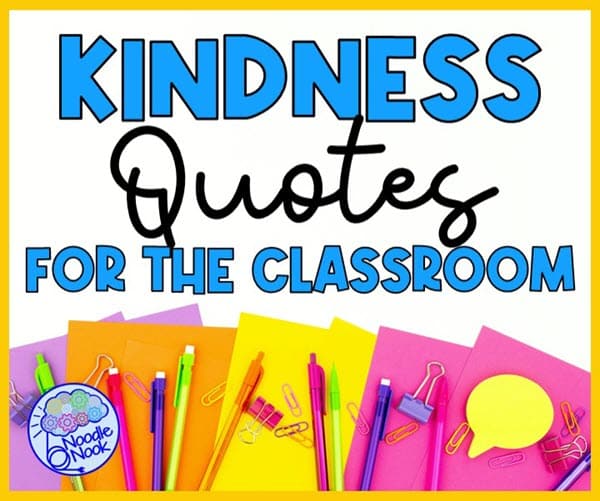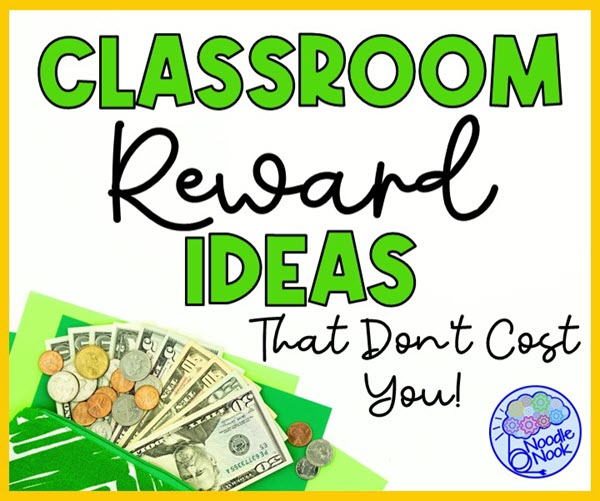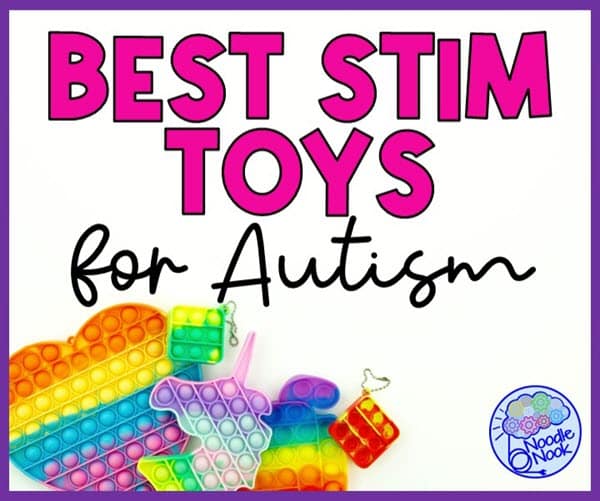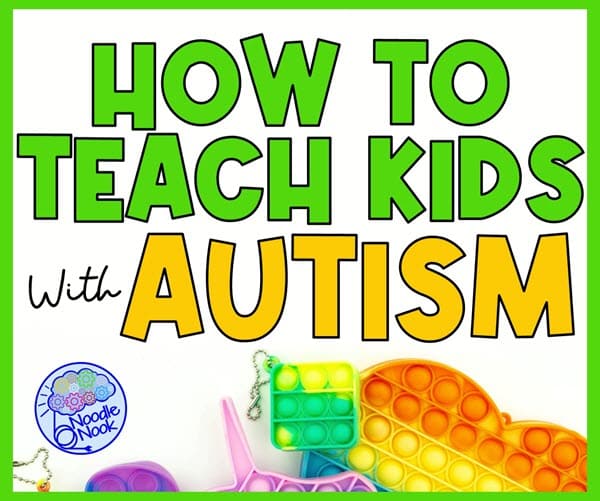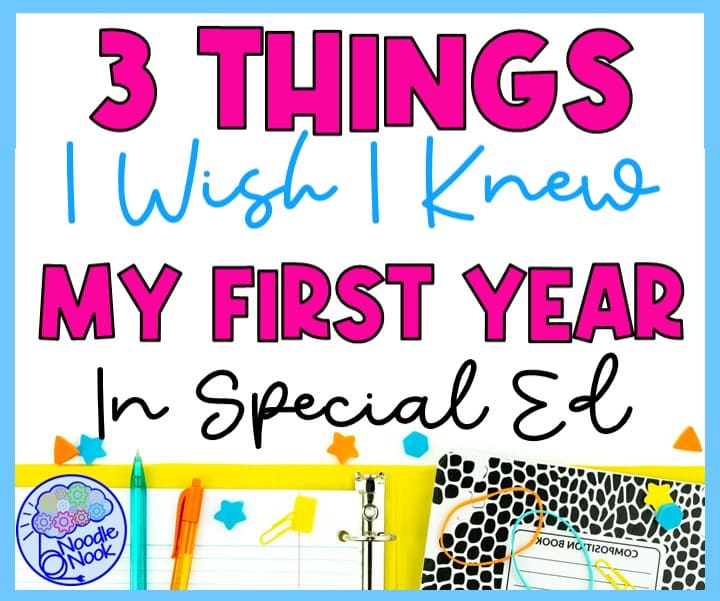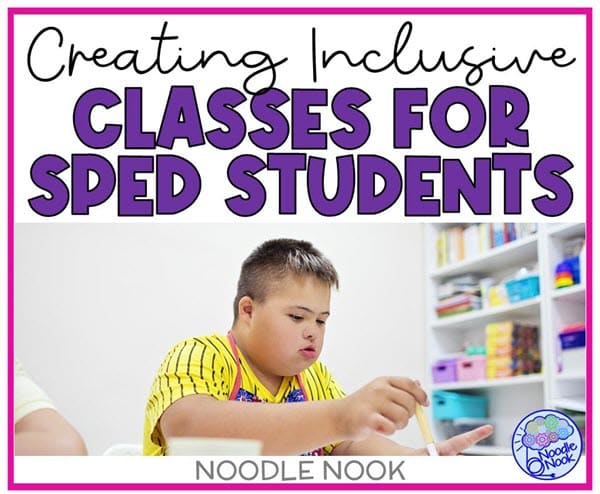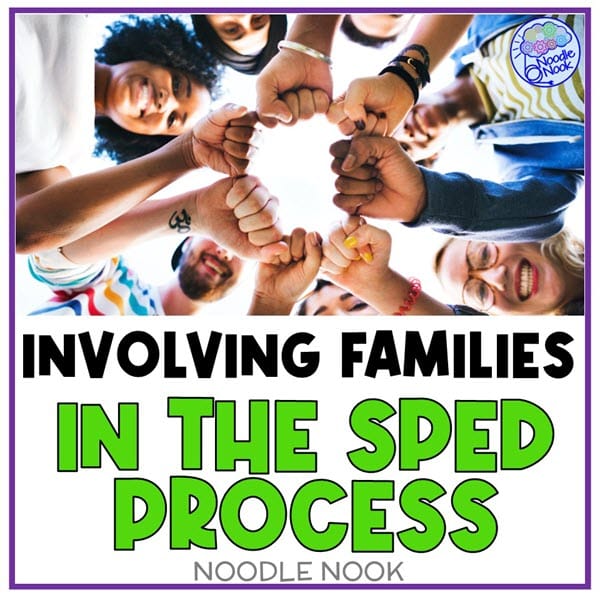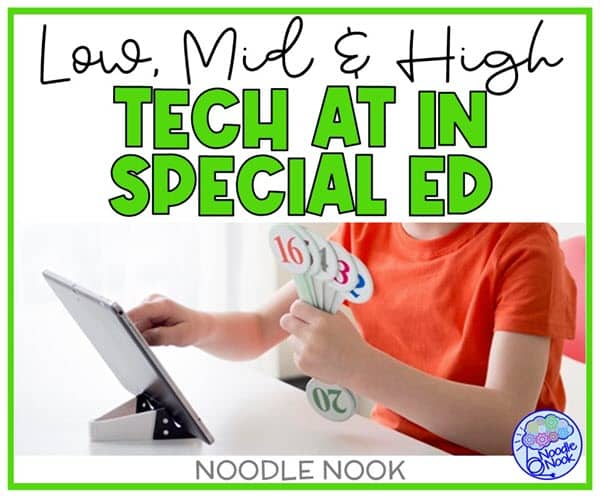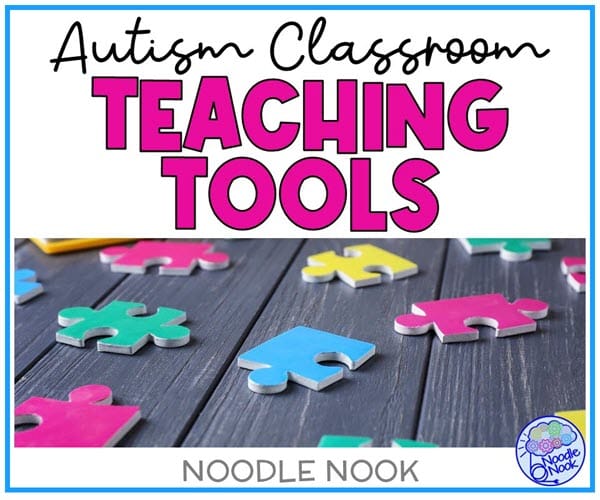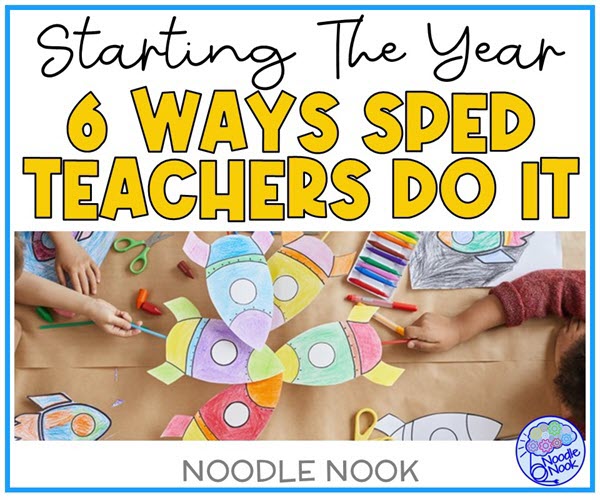Kindness Quotes for the Classroom
As educators, we have the power to create a positive impact on our student’s lives. One of the most profound ways we can do this is by teaching and promoting kindness in our classrooms. That sounds so easy, but it’s actually had to fit in character development when you’re tackling all the academic standards and knowledge gaps. That means we need simple ways to get more kindness into the classroom. Incorporating kindness quotes into your classroom decor, lesson plans, and anchor charts is a great way to inspire and motivate your students to be kind human beings. In this post, we’re going to offer a few kindness quotes for the classroom that will help you address those needs with ease.

